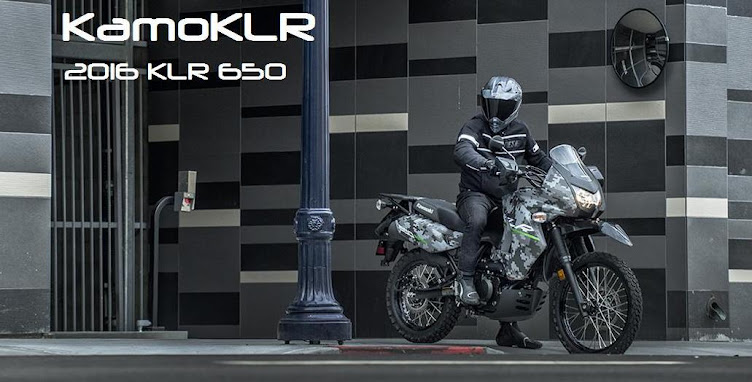The product is essentially comprised of airbags that are installed inside the coil springs; the Rav4 has coil-over suspension (i.e. no leafs). The installation process was simple although very difficult to accomplish. The two air bags had to be deflated and then worked inside each coil while it was still installed. It was quite a fight to get them in there, but I did it.
Running the air tubing was easy and I went ahead and made a little bracket so that I could mount the air valves on the hitch receiver.
I summarized the measurements before and after installation in the table below. It should be noted that the suspension enhancement isn't designed to give lift; rather, it's designed to level the vehicle and provide for load distribution. However, the only way to measure progress is to review the height of various points before and after installation.
Overall, I got 1 1/4 inches of additional height at the receiver and wheel well, bringing the balance . The carrier itself is still hovering a little too close to the ground at 7 1/2 inches, but there is another couple inches lost in the downward angle of the carrier hitch (the difference between the carrier hitch height at receiver and furthest back point). The car itself has leveled close enough to stock to justify carrying the motorcycle on the hitch receiver. If I can level the hitch with shims or other devices it'll probably give me all the room I need to feel totally comfortable with hauling it.
Notes:
Some reviews indicated that the instructions are poorly written and insufficient. That can't be further from the truth. The instructions are articulate and simple. Also diagrams are included to help with the installation. The only items I'd add are:
- I removed the wheels on the vehicle and was able to address the installation from the wheel wells. Bear in mind that the weight of the wheels as they hang down are helping extend the coil, so there may be a little bit of a trade off in taking them off. However, I got the bags installed with the wheels off.
- When one finally gets the air bag inside the coil spring and removes the air line plug, the air bag does not just pop into shape like the instructions seem to imply. I still needed to work it into proper shape and, in this respect, spraying the same soapy water I used to check for leaks all over the bag really helped get that air bag in proper position/shape. Spinning and twisting it was the motion needed to work it into shape.
- There are two holes in the blue bottom block. One in the center and one just off center. Obviously the center hole is for the air fitting in the air bag. There is no mention of the purpose of the other hole; however, the install video linked in the eTrailer Listing seems to indicate that the off-center hole is a conduit to start routing the air hose. In other words, the air hose goes down through the center hole and then back up through the off-center hole.
For purposes of vehicle preparation, I used a 3-Ton Hydraulic Jack, two 2-Ton Jack Stands and two proper wheel chocks on an absolute flat surface. I do not like Jack Stands. While I don't know of one snapping, they sure look like that could happen. More important, if the car is not properly chocked it can roll right off the jack stands. Personally, I think they're very dangerous. However, they're all most DIY guys like me have for this sort of project so precautions are in order. With the Jack Stands in place, I wasn't under my vehicle at anytime without the the Hydraulic Jack positioned to hold up the car if one of the Jack Stands snapped or the car rolled. I did use correct rubber-based chocks that I know won't allow the vehicle to roll.
The actual blue air bags are 5 7/8 inches, the upper block is 1 1/2 inches and the lower block is 1/2 inch, so the total height of the bag inside the coil is 7 7/8 inches.
Lastly, I ran the air pressure up to 50 psi and it lost 10 pounds in about six hours. Then I ran it back up to 50 to check again and it's now holding steady at 50 psi for the last 24 hours. Fifty pounds is a hyper inflate, so the initial loss may have simply been attributable to the connections working themselves together, much like you'd hyper inflate a tire to make sure it beads properly and then back it down to load spec, which is 35 psi in the case of the Coil-Rite.



























































































